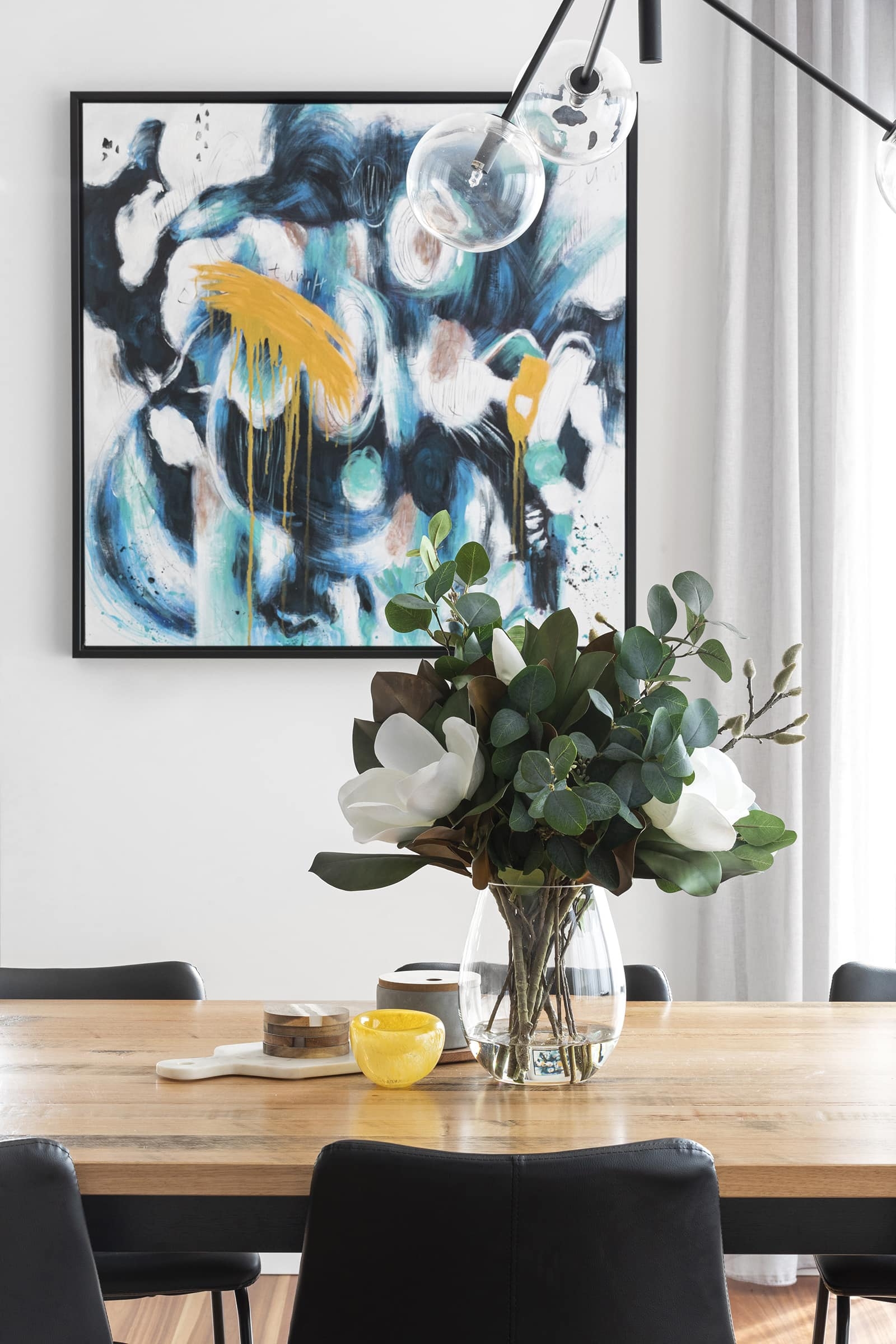Navigating the Palette: A Guide to Shopping for Visual Arts

Navigating the Palette: A Guide to Shopping for Visual Arts
Introduction:
In the realm of visual arts, shopping for artwork can be an exhilarating journey filled with creativity, expression, and discovery. Whether you're a seasoned collector or a novice enthusiast, navigating the diverse landscape of artistic creations can sometimes feel daunting. However, armed with a few key insights and considerations, you can embark on your art-buying adventure with confidence and clarity.
Understanding Your Preferences:
Before delving into the world of art acquisition, it's crucial to understand your personal preferences and aesthetic sensibilities. Take some time to reflect on the types of art that resonate with you. Are you drawn to abstract expressionism, classical realism, contemporary photography, or perhaps something entirely unique? Consider the colors, styles, and themes that speak to you on a visceral level, as this will serve as your compass throughout the shopping process.
Research and Exploration:
Once you have a clearer sense of your artistic preferences, it's time to embark on a journey of exploration. Attend local art exhibitions, galleries, and museums to immerse yourself in diverse artistic expressions. Take note of the artists, mediums, and styles that capture your imagination. Don't hesitate to engage with gallery owners, artists, and fellow art enthusiasts to gain insights and expand your knowledge.
Setting a Budget:
Art comes in all shapes, sizes, and price ranges, making it accessible to a wide range of budgets. Before making any purchases, it's essential to establish a realistic budget based on your financial capabilities and artistic aspirations. Keep in mind that the value of art is subjective and can vary widely depending on factors such as the artist's reputation, the medium used, and the rarity of the piece. Consider consulting with a financial advisor or art consultant to ensure that your investment aligns with your long-term goals.
Exploring Different Mediums:
Visual art encompasses a multitude of mediums, each offering its own unique characteristics and appeal. From oil paintings and watercolors to sculpture and digital art, there's a vast array of options to explore. Take the time to familiarize yourself with different mediums and their respective techniques, as this will enrich your appreciation and understanding of the art you encounter. Don't be afraid to step outside your comfort zone and explore mediums that you may not have considered before.
Building Relationships with Artists and Galleries:
Building relationships with artists and galleries can be immensely rewarding and beneficial in your art-buying journey. Attend artist talks, workshops, and studio visits to connect with creators on a personal level and gain deeper insights into their artistic process. Establishing rapport with gallery owners and curators can also provide access to exclusive exhibitions, discounts, and insider knowledge. Cultivating these relationships fosters a sense of community and enhances your overall experience as an art enthusiast.
Trust Your Instincts:
At the end of the day, purchasing art is a deeply personal endeavor guided by intuition and emotion. Trust your instincts and follow your heart when selecting pieces that resonate with you on a profound level. Whether you're drawn to a vibrant abstract painting, a thought-provoking photograph, or a whimsical sculpture, allow yourself to be guided by the joy and inspiration that art evokes within you.
Conclusion:
Shopping for visual arts is a dynamic and enriching experience that invites exploration, discovery, and self-expression. By understanding your preferences, conducting research, setting a budget, exploring different mediums, and building relationships with artists and galleries, you can embark on your art-buying journey with confidence and enthusiasm. Ultimately, let your instincts be your guide as you curate a collection that reflects your unique taste and artistic vision.
- Arts
- Business
- Computers
- Games
- Health
- Home
- Kids and Teens
- Money
- News
- Recreation
- Reference
- Regional
- Science
- Shopping
- Society
- Sports
- Бизнес
- Деньги
- Дом
- Досуг
- Здоровье
- Игры
- Искусство
- Источники информации
- Компьютеры
- Наука
- Новости и СМИ
- Общество
- Покупки
- Спорт
- Страны и регионы
- World


